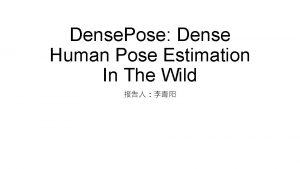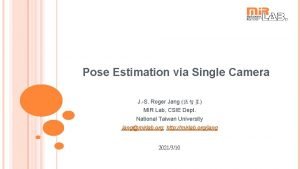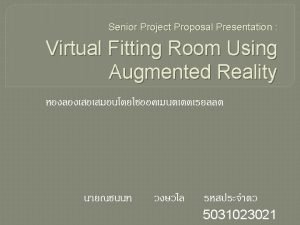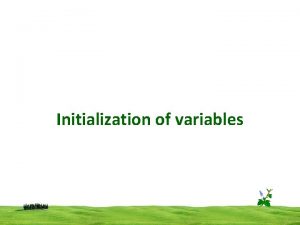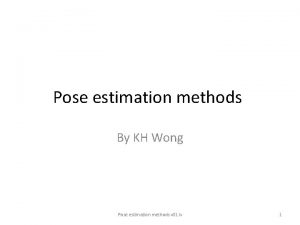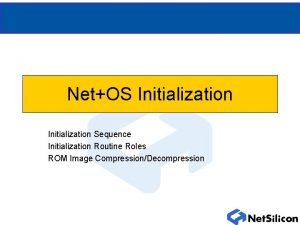Head pose estimation without manual initialization Paul Fitzpatrick







- Slides: 7

Head pose estimation without manual initialization Paul Fitzpatrick

Life without manual initialization Yaw* * Nomenclature Pitch* Roll* varies § Manual initialization gives mapping from relative pose to absolute pose – Initial orientation – Shape parameters § If automated, replacement is likely to be weakest link – Otherwise, it would be a complete pose estimation system in itself § So initialization drives design Translation in X, Y, Z

Opportunistic initialization § Use frontal view as reference pose § Eyes, nose are well-defined, stable, symmetric § Head outline is less well-defined, but always present and relatively easy to find § Use outline to guide search for eye region

Head outline and eye location § Track head using : – Color histogram – Grouped motion § Match against ellipse model – “ellipse-specific direct leastsquare fitting” (M. Pilu et al) § Histogram initialized from grouped motion of ellipse § Eyes located using a blob detector – Trade off detection rate for low false positives – Only search for eyes where orientation can be determined

Tracking pose changes § Establish a mesh of trackers on the face § Prune mesh by head outline, comparative motion § As head rotates, occluded trackers are destroyed and new ones created § Tracking mesh gives 2 D translation, in-plane rotation, and relative scale § When eyes are detected, establish a coordinate system on nearby trackers § Purpose of mesh is to allow eye location to be maintained across large excursions in yaw and pitch

Mesh coordinate system § Mesh coordinate system is that of “flattened head” surface § Ideally interacts with image coordinates only where surface is parallel to image plane § Represents the remaining 2 dimensions § Must lead to inconsistencies, especially without good knowledge of head size § Still, useful in two important cases : – When part of mesh remains visible throughout, serving as landmark – When movement is somewhat degenerate, e. g. look away, then look back Point of interaction shifts when head rotates in depth If movement lies within a 2 D strip, Euclidean geometry survives

Video
